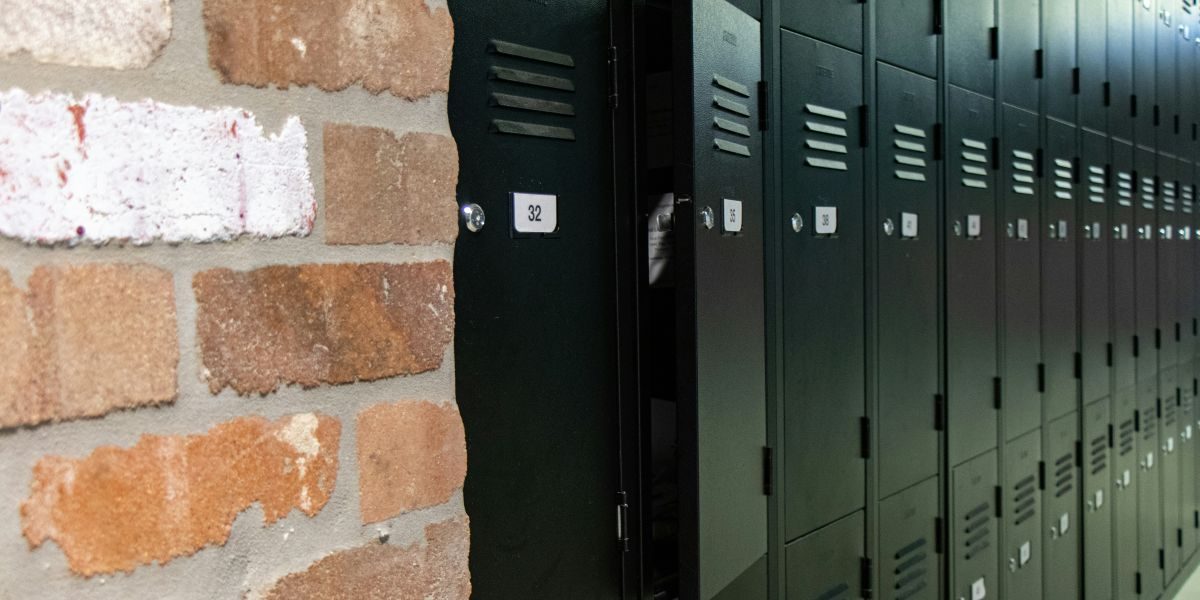School safety has become a central concern in today’s educational landscape, and in 2025, institutions are moving beyond traditional methods to adopt smarter, more responsive technologies. As threats become more complex and varied, schools are embracing solutions that go beyond surveillance. Among the most effective of these are access control systems, which now play a critical role in securing campuses and managing emergency response with speed and precision.
These systems have evolved significantly, enabling administrators to manage who enters their buildings, monitor access in real time, and take immediate action in case of a security event. As schools balance openness with safety, access control has become a cornerstone of modern security infrastructure.
The Evolution of Access Control in Education
Conventional security methods—like lock-and-key systems or manually monitored entry points—no longer suffice for schools with growing student populations and expanding facilities. To meet the needs of today’s educational institutions, access control systems for schools have been reengineered to include real-time monitoring, role-based permissions, cloud-based control panels, and mobile credentials.
For example, schools can now issue digital IDs to students and staff that only grant access to specific areas during certain hours. This helps limit exposure to risk while increasing accountability. Whether it’s managing multiple building entrances or controlling access to sensitive areas like labs or administrative offices, these systems give school leaders greater visibility and flexibility. Providers like Coram deliver tailored access control solutions designed specifically for educational settings, ensuring both scalability and compliance with modern safety standards.
Enhancing Emergency Response and Daily Operations
One of the standout advantages of modern access control is how it improves both routine management and emergency readiness. When properly implemented, access control systems for schools allow administrators to instantly secure the entire facility during a lockdown. At the same time, they support daily operations by automating door schedules, tracking attendance through entry logs, and ensuring only authorized individuals can enter.
These systems also enhance emergency coordination by providing first responders with secure access and real-time data. During critical events such as active threats, medical emergencies, or fire drills, having centralized control of building access can save precious minutes and prevent chaos.
Integration with Other School Safety Technologies
Today’s smart campuses rely on more than just one tool. That’s why access control systems are designed to integrate seamlessly with other safety solutions such as video surveillance, intercom systems, and mass notification platforms. This integrated approach allows for quick visual verification of alerts, streamlined communication, and more effective incident resolution.
Additionally, these systems can be linked with visitor management platforms, allowing for tighter control over who enters the campus. Visitors, contractors, and volunteers can be issued temporary digital credentials that restrict their movement and track their visit from start to finish.
Supporting Scalability Across Different School Environments
Whether it’s a small elementary school or a sprawling university campus, access control systems for schools must be scalable to meet each institution’s unique needs. Smaller schools may begin by securing front entrances and administrative zones, while larger districts can scale their systems across multiple buildings and campuses with centralized oversight.
The beauty of modern systems lies in their flexibility. As a school’s security needs change, it can add more access points, user roles, or integrations without rebuilding its infrastructure from scratch. This adaptability makes access control a cost-effective long-term investment.
FAQs
Q1: Can access control systems adapt to different school sizes?
Yes, access control systems are designed to scale easily. Whether you’re managing one building or an entire district, these systems can be customized for your specific needs.
Q2: Do these systems support emergency lockdown procedures?
Absolutely. Modern access control systems allow administrators to lock down all or specific areas of a school instantly via remote dashboards or mobile apps.
Q3: What kind of credentials can be used?
Schools can use cards, mobile phones, biometric scans, or PIN codes depending on their chosen setup and level of security required.
Q4: How do these systems improve daily school operations?
They streamline door scheduling, control access by role and time, and generate logs that help track attendance or investigate incidents.
Q5: Are access control systems compliant with student privacy laws?
Yes, most modern systems are built to comply with regulations such as FERPA and allow granular control over data access and storage.
Conclusion
In 2025, safety and preparedness go hand-in-hand with technology. As schools strive to create secure yet welcoming environments, access control systems for schools are proving to be essential. These systems not only protect campuses from unauthorized access but also support efficient operations and emergency responsiveness.
By investing in scalable, integrated, and intelligent access control, educational institutions are making a commitment to student safety that meets the demands of a modern world. As threats evolve, so too must the strategies and tools we use to defend against them—and access control remains one of the most impactful upgrades a school can make.
Disclaimer: The information provided in this article is for general informational purposes only. Readers should seek professional advice for specific security needs or compliance requirements. The effectiveness and compliance of access control systems may vary based on local regulations and individual institutional circumstances.

















